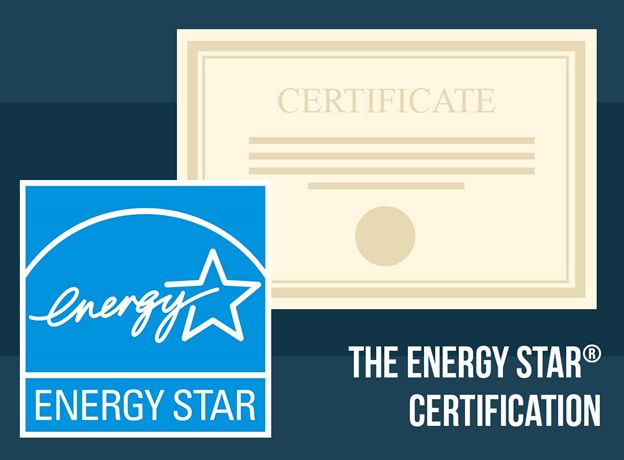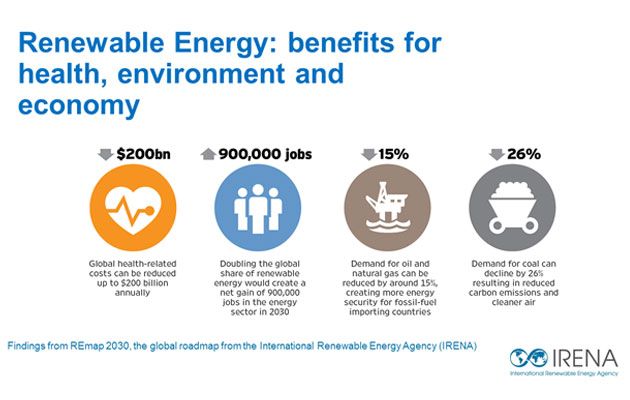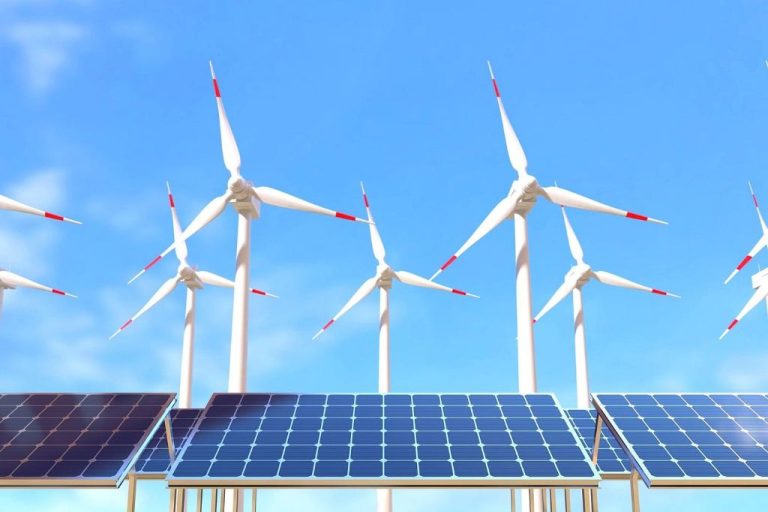Does Energy Star Certification Expire?
What is ENERGY STAR certification?

ENERGY STAR is a voluntary certification program from the U.S. Environmental Protection Agency (EPA) that helps businesses and individuals save money and protect the environment through superior energy efficiency.
The program was established in 1992 under the Clean Air Act and helps various products, new homes, commercial buildings, and industrial plants earn the ENERGY STAR label, indicating they meet strict energy efficiency standards set by the EPA. Products eligible for certification include major appliances, office equipment, lighting, and home electronics.[1]
Over 30,000 organizations participate in ENERGY STAR as partners committed to improving energy efficiency. The program is overseen by the EPA and U.S. Department of Energy.
Why get ENERGY STAR certified?
There are many benefits and incentives for getting ENERGY STAR certification, making it advantageous for building owners and operators to pursue certification.
Some key benefits of ENERGY STAR certification include:
- Reduced energy costs – ENERGY STAR certified buildings use an average of 35% less energy and have lower operating costs.
- Increased asset value – Certified buildings have higher occupancy rates and can demand increased rents and sale prices.
- Improved indoor environmental quality – Optimized HVAC and proper ventilation improves air quality and occupant comfort.
- Enhanced reputation – Certification demonstrates a commitment to sustainability and environmental responsibility.
There are also financial incentives available for ENERGY STAR certified buildings such as tax credits, rebates, and preferential financing terms. Many utility companies offer incentives for benchmarking energy performance and making improvements to achieve certification (source).
Overall, the many benefits and available incentives make ENERGY STAR certification advantageous for any commercial building owner looking to reduce costs, improve operations, and demonstrate sustainability leadership.
How to Get ENERGY STAR Certified
To get ENERGY STAR certification for a building, there are a few key steps to follow in the application process:
First, the building must achieve an ENERGY STAR score of 75 or higher in Portfolio Manager, the EPA’s online tool for benchmarking building energy performance. This score indicates that the building performs better than at least 75% of similar buildings nationwide in terms of energy efficiency. According to the EPA, “Eligible building types include offices, K-12 schools, hotels, retail stores, courthouses, hospitals, medical offices, senior care facilities, multifamily housing, supermarkets, warehouses, and data centers.”
Next, the application must be submitted through Portfolio Manager, which involves providing details about the building such as its use details, space attributes, and energy meters. Supporting documentation may also need to be submitted as part of the application.
Finally, a Licensed Professional (PE, RA, or PMP credentialed) must verify the accuracy of all energy performance metrics and confirm that all eligibility requirements have been met. This verification process is important to ensure the legitimacy of the application.
Full details on eligibility criteria and the step-by-step application process can be found on the EPA’s website.
How long is the ENERGY STAR certification valid?
ENERGY STAR certification is valid for one year from the date it is awarded. After one year, the certification will expire unless the building owner renews it. According to the ENERGY STAR website, “All certifications expire one year after the date of award.”
The reason for the annual expiration is because a building’s energy performance can change over time. Renewing certification requires re-verifying energy efficiency through ENERGY STAR Portfolio Manager. This ensures buildings still meet the program’s high standards for certification.
In summary, ENERGY STAR certification lasts for one year before requiring renewal to remain active. Building owners must reapply and provide updated energy usage data annually to maintain certification status.
Does certification automatically expire?
ENERGY STAR certification does not expire automatically. Once earned, the certification remains valid indefinitely as long as the certified building continues to meet the program’s eligibility criteria. This means maintaining energy performance that is within the top 25% of similar buildings nationwide.
To verify continued eligibility, buildings must update their energy consumption data in Portfolio Manager annually. As long as the building remains compliant with the program requirements, the certification status will be maintained year after year without needing to reapply or renew (Source).
So in summary, ENERGY STAR certification does not expire on its own after a set period of time. The certification remains valid indefinitely as long as energy performance benchmarks are met annually. Active steps are not required to renew certification each year. But building owners do need to regularly verify energy efficiency to confirm the building remains eligible for ENERGY STAR designation.
When to renew ENERGY STAR certification
The ENERGY STAR certification is valid for one year. To maintain certification, buildings must be recertified annually.
The certification renewal process opens each year on January 1st. To renew certification, you must verify your building’s ENERGY STAR score is still 75 or above in Portfolio Manager and submit a renewal application by December 31st of that year.
According to the ENERGY STAR website, the annual renewal process involves the following steps:
- Updating your building’s energy performance data in Portfolio Manager.
- Verifying your building still qualifies with a score of 75 or above.
- Submitting a renewal application, along with the application fee, in Portfolio Manager.
- Completing any requested application clarifications or follow-ups.
As long as your building continues to meet the performance threshold, you can renew its certification each year through this streamlined process. Just be sure to complete the steps before the December 31st deadline to maintain an active certification.
Consequences of letting certification lapse
Letting ENERGY STAR certification expire before renewal has some negative consequences. According to a study by the Berkeley Center for Green Chemistry[1], buildings that allow their ENERGY STAR certification to lapse have 15% higher energy usage on average compared to certified buildings.
Another impact of letting certification expire is losing ENERGY STAR marketing benefits. Certified buildings can promote their ENERGY STAR status to attract eco-conscious tenants and buyers. According to GreenBiz[2], owners and tenants risk losing these marketing advantages if their building’s certification lapses.
Furthermore, studies show that ENERGY STAR certified buildings generally have higher occupancy rates and can charge increased rents[3]. These benefits will be forfeited if certification expires. It is advisable for building owners to renew certification before it lapses to maintain energy and cost savings.
In summary, the main consequences of letting ENERGY STAR certification expire are increased energy usage, loss of marketing advantages, and forfeiture of financial benefits associated with certified status. Renewing on time preserves energy efficiency, environmental credentials, and cost savings.
- [1] https://www.journals.uchicago.edu/doi/10.1086/720952
- [2] https://www.greenbiz.com/article/beware-losing-your-buildings-energy-star-standing-updates-loom-ahead
- [3] https://www.energystar.gov/about/impacts
How to renew an expired certification
If an ENERGY STAR certification is allowed to lapse, it can be reinstated by going through the renewal process again. According to the ENERGY STAR website, owners must submit a new application and meet all the requirements in place at the time of application.
The process to reinstate a lapsed ENERGY STAR certification includes:
- Registering the building in Portfolio Manager and ensuring all data is up to date
- Calculating the ENERGY STAR score and verifying it meets or exceeds 75
- Completing and submitting a new application, along with supporting documentation
- Paying the certification fee
- Participating in any required verification activities
Building owners should allow 45 days for expired certifications to be reinstated after completing the application process. It is advised to begin the renewal process as soon as possible once a certification has lapsed.
Maintaining certification
Once a building achieves ENERGY STAR certification, ongoing requirements must be met to maintain it. According to the EPA, “ENERGY STAR certification is valid for one year. To remain ENERGY STAR certified, buildings must verify energy performance annually.”
To maintain certification, building owners must submit current energy and water consumption data for the past 12 months to EPA each year. Data is submitted through EPA’s online portal. The building’s energy performance is then re-evaluated using the 1-100 ENERGY STAR score methodology.
To remain certified, a building must continue to perform in the top 25% of similar buildings nationwide, as represented by a score of 75 or above. If the building continues to meet ENERGY STAR performance thresholds for superior energy efficiency, the certification will be renewed for another 12 months.
According to the EPA, “On average, ENERGY STAR certified buildings use 35 percent less energy and cause 35 percent fewer greenhouse gas emissions than typical buildings.” Thus, ongoing certification acts as a marker of a building’s continued commitment to environmental stewardship through energy efficiency.
Sources:
https://www.energystar.gov/buildings/building_recognition/building_certification
https://www.energystar.gov/about/how_energy_star_works/ENERGY_STAR_certification
The future of ENERGY STAR certification
The ENERGY STAR program periodically reviews and updates its requirements and specifications to ensure products continue to represent top efficiency. According to the EPA, changes for 2023 include revisions to specifications for clothes washers, dehumidifiers, dishwashers, refrigerators and freezers, room air conditioners, and ceiling fans.
For 2024, proposed updates include revised criteria for ventilating fans to ensure the top 10% of the market and 20% of ENERGY STAR certified models meet the new requirements. The EPA is also evaluating potential specification revisions for clothes washers, residential water heaters, windows, and other products.
In addition, ENERGY STAR introduced the Most Efficient recognition in 2011 to highlight exceptional performers. Criteria is updated annually – for 2023, products like air purifiers, clothes dryers, and room air conditioners have been added. The Most Efficient designation will continue driving innovation and efficiency gains.
Overall, as products and technology advance, ENERGY STAR continually evolves to promote ever higher efficiency. Certification indicates meeting current requirements, but does not expire. Manufacturers must ensure newly produced items comply with latest criteria. Consumers can expect the label to represent top tier energy savings into the future.






